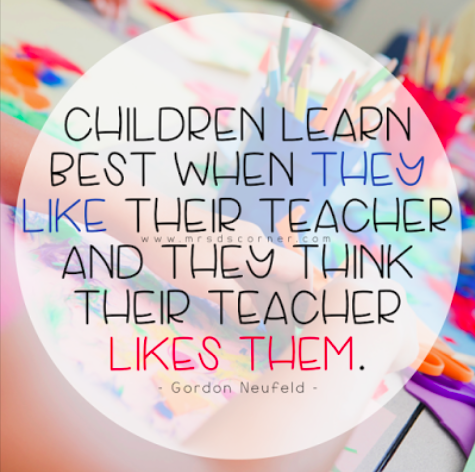A lot of children and adolescents struggle to manage frustration as anger builds up if they are stuck and losing the game of being on top of things in the classroom. Often, the source of stress is difficulty in processing information with required speed to grasp the concepts. If information processing is slow, it generates internal stress like a volcano. Others who care about the youth such as aids in classroom or teachers react to the fact that the student is falling behind, giving up or being frustrated. We get it, it is vicious cycle. I think children need a lot of help if things are falling apart academically and they feel like a failure (I feel I am teaching to the choir even typing this!). So let us decode the simple steps as a checklist. It does not need an Einstein to figure this out, but the steps validate that there is no shortcut!
- Increase coping.
- Increase the time to read and write- in other words, it all takes a lot of time.
- Encourage the child to pay attention without being scared or stressed
- They have to understand the subject at hand, be it math or science or language
- Process the material slowly- “What does it all really mean in entirety”
- Learn it- “Hold or retain the principles and the gist”
- Apply and reproduce- “Being able to teach to someone else and integrate the knowledge with ones repertoire”
As teachers, you, I bet, think in their shoes. Lets allow the following by being generous to yourself to cater the more time even for you without stress of accomplishing it all at God speed (may require talking to the Principal as to what it takes):
- Children need to ask questions. It takes your time, I know…
- Children may need you to elaborate on the topic; it takes time also, right?
- They must be taught to ask for help after school
- If they feel shy or that they are imposing, provide a big brother/sister equivalent in school to help out
- Needless to say, your efforts begin with recognizing the area that requires more help- writing, reading, math at an educational level. But note that attention, information processing, organization and so on from the cognitive domains and emotion dysregulation from the emotional domain would intersect. Furthermore, anxiety may arise from these complications.
2. Remove Barriers.
All of the following lines are meant to just remind you- to be proactive in putting on the game face in this very giving job of yours. It is not meant to patronize, but only to validate what it takes and to help check yourself to ensure you can dish out these things for all our kids where possible and needed.
- Engage the children proactively
- Make them feel special as children do well if they know you like them
- Make learning fun
- Show kind and pleasing facial expression as perceived negative expression in faces trigger stress in these children
- If they are stuck, they think it is catastrophic. Help them to be unstuck
- Tell them to repeat reading or learning at least three times (front-striatal networks, especially the dorsal striatum is helpful in grasping the material on repetition)
- Simplify through visual learning such as deconstructing concepts with spider/ web diagrams
3. Transfer their passion to school work-Build the nest for new passion for learning.
A lot of kids have passion for hockey, magic cards, or video games. They do exceptionally well in math calculations if it is to do with say- baseball game stats or recalling all the details of all the players in their little heads. They have built the nest to nurture their passion. But not the mundane schoolwork. So we need to help them build the nest for the classroom learning. But how?
- Give assignments that adopt their passions into school work where possible.
- Share stories of your passion, develop connectivity
- Highlight their gifts and strengths by building the list and illustrate to them how their passions can help immensely in schoolwork too. Show them ways. We are helping them to value the love for learning by recruiting the various parts of the prefrontal cortex (orbitofrontal and dorsolateral prefrontal cortices)
- Proactively reduce reactivity through fostering calm atmosphere. They have emotion dysregulation manifesting as poor frustration tolerance stemming from the stress of academic struggles. Reducing any triggers of unpleasantness will improve the chances of success. Identify those triggers to weed them out or minimize them. We are taming the amygdala’s reactivity in the brain!
The more formal Individual Education Plan (IEP) in the regular schools or 504 plan in the religiously inclined catholic schools (that do not allow IEP) can all be helpful to bring everyone on the same page. Lets work with strengths than weaknesses to reduce stress and frustration. Hardwire- problems like poor information processing are tough to change. We can only help the children adapt with ease, with y/our help.















